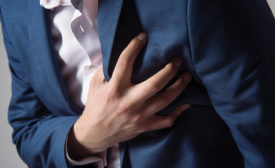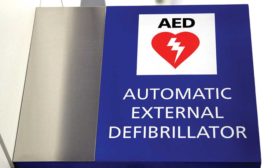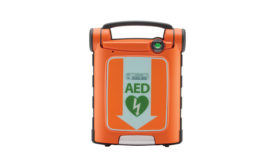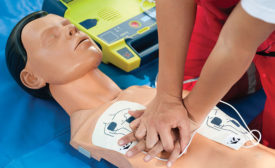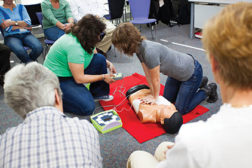Home » Keywords: » automated electronic defibrillators
Items Tagged with 'automated electronic defibrillators'
ARTICLES
Workplaces are ideal for AED programs
But liability concerns deter some companies
March 1, 2016
AEDs and Good Samaritan laws
Provide training to give rescuers immunity from civil liability
December 2, 2015
Never miss the latest news and trends driving the safety industry
eNewsletter | Website | eMagazine
JOIN TODAYCopyright ©2024. All Rights Reserved BNP Media.
Design, CMS, Hosting & Web Development :: ePublishing

